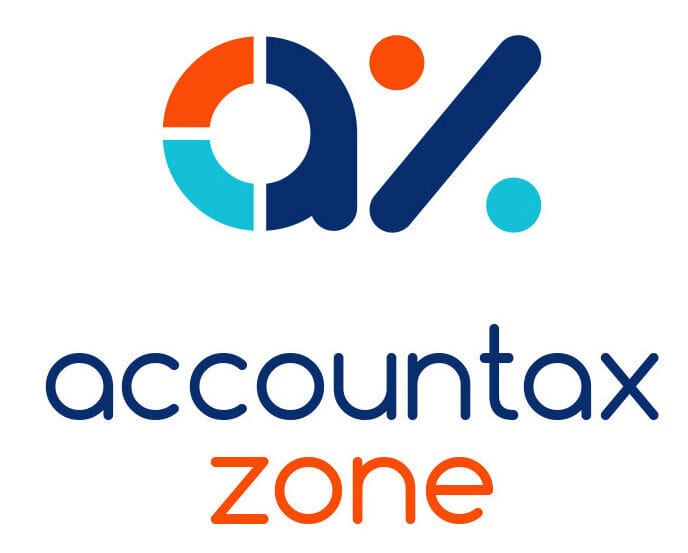As a landlord, periodically you will need to undertake work on your property. This may simply involve fixing a leaky tap or redecorating, or the work may be more substantial, such as replacing a roof or a kitchen. From a tax perspective, all work on a property is not equal and it is important to determine whether the work undertaken constitutes a repair or an improvement to the property. This will affect if, and how, tax relief is given for the expenditure.
Cash basis or accruals basis?
Landlords are able to deduct allowable revenue expenditure when calculating their taxable profits regardless of whether they prepare their accounts under the cash basis or the accruals basis. However, the rules governing relief for capital expenditure are different. Under the accruals basis, capital expenditure cannot be deducted in calculating taxable rental profits; relief is instead given in the form of capital allowances where available or in calculating the capital gain or loss on the eventual disposal of the property. However, under the cash basis, relief for capital expenditure is given in accordance with the cash basis capital expenditure rules under which a deduction for capital expenditure is permitted unless the expenditure is of a type for which such a deduction is expressly prohibited. The main exclusions are the cost of the land and buildings and cars (but not vans).
The cash basis is the default basis for most landlords with rental receipts of £150,000 a year or less.
Repairs
Expenditure on a repair is revenue in nature and deductible when calculating the profits of the property rental business.
A repair is the restoration of an asset by replacing part of that asset. A repair will normally put the property back in its original condition. An example of a repair would be replacing a few roof tiles blown off by a storm or repairing a leak in a shower. HMRC cite the following as examples of common repairs that would be deductible in computing the profits of a property rental business:
- exterior and interior painting and decorating;
- stone cleaning;
- damp and rot treatment;
- mending broken windows, doors, furniture and items such as cookers and lifts;
- re-pointing; and
- replacing roof tiles, flashing and guttering.
Anything that results in a significant improvement of the asset beyond its original condition will not be a repair.
You may also like to read: Brightline test for FHLs ruled out
Capital expenditure
Capital expenditure can only be deducted in calculating rental profits where the accounts are prepared under the cash basis and the expenditure is not of a type for which a deduction is specifically prohibited. Otherwise, relief is given either as a capital allowance or as a deduction in computing the gain or loss on the disposal of the property.
The cost of land and any buildings on that land is capital expenditure, as is any expenditure which adds to or improves the land or property (such as adding an extension) and the cost of refurbishing or repairing a property bought in a derelict or run-down state.
Telling the difference
It will not always be clear whether expenditure constitutes a repair or an improvement – it is a question of fact or degree in each case whether the expenditure results in an improvement. Where the level of improvement is so small that it is incidental to the repair, HMRC will allow the full amount of the expenditure to be deducted in calculating taxable rental profits.
In some cases, particularly when restoring an old asset, a degree of improvement will arise simply because of the use of modern materials. Where the materials used are broadly equivalent to the old materials, HMRC will accept that the expenditure is revenue in nature. An example here would be the replacement of wooden beams with steel girders, or lead pipes with copper or plastic pipes. Likewise, expenditure on alterations where improvement arises as a result of an advancement in technology but the function and character of the asset is the same will be allowed as revenue expenditure. The example cited here by HMRC is the replacement of single glazed windows with double glazing.
By contrast, rebuilding and extensive alterations will count as capital expenditure.
Where improvements and repairs are undertaken at the same time, the expenditure should be split on a reasonable basis, with the part relating to repairs remaining deductible.
Partner note: ITTOIA 2005, Pt. 3; HMRC Property Income Manual at PIM2025ff.










